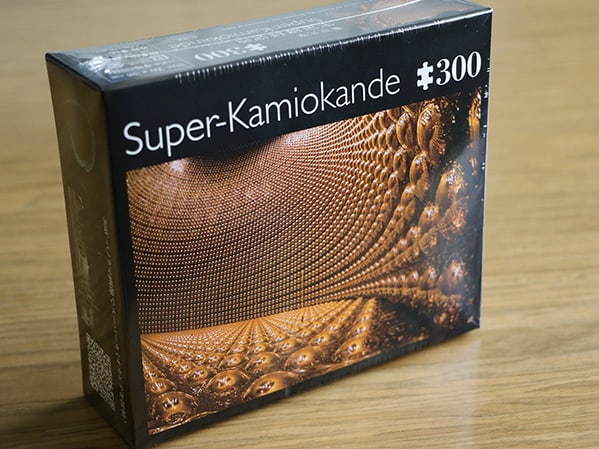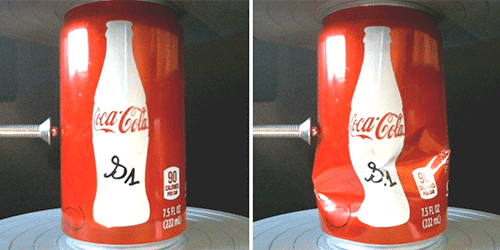
By Michael Banks
If you are looking for a Christmas present for a puzzle lover, the Institute for Cosmic Ray Research (ICRR) in Tokyo, Japan, has just the thing. It’s created a 300-piece jigsaw puzzle of the Super Kamiokande neutrino detecter in Kamioka, Japan. The detector is a giant stainless-steel tank filled with 50, 000 tonnes of ultra-pure water and lined with 13,000 photo-multiplier tubes that detect the Cherenkov radiation released when a neutrino collides with a water molecule. In other words, it’s a jigsaw puzzle featuring water and lots and lots of identical tubes.
Costing ¥1500 (£10) and with a finished size of 38 x 26 cm, a limited number of the jigsaws went on sale in late October. But its fiendish nature doesn’t seem to have put anyone off: the puzzle sold out within days. Jigsaw enthusiasts, however, will be pleased to know that, as, the ICRR is planning to release more.

The holiday season can mean a lot of recycling. And a we all know, if you put a dent into the side of an aluminium can, it’s easier to crush from top to bottom. But predicting the exact force needed to crumple a dented can is notoriously difficult, requiring knowledge of the exact dimensions and position of the flaw. Thankfully, physicists at the École Polytechnique Federale de Lausanne and Harvard University have now worked out a relationship between the size of the dent and the force needed to buckle the can.
They put an empty Coke can in between two metal plates to produce a vertical force. The researchers then poked the side of the can using a metal ball attached to the end of a rod, continuously pushing the ball further into the can until it buckled with a loud snap. By varying the size of the ball and the force of the plates, they determined that the cans generally buckle with a force greater than 700 N. The researchers say that the work could help with the design of rockets, airplanes, and, of course, beer cans.



